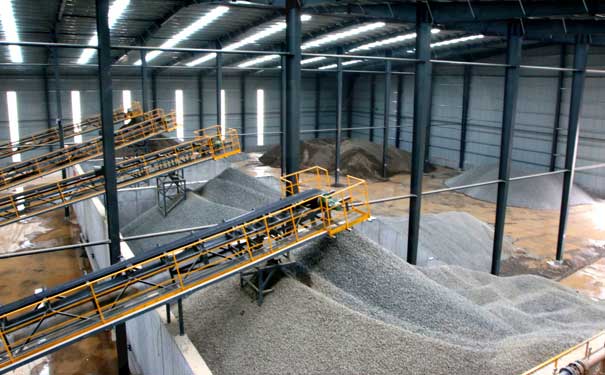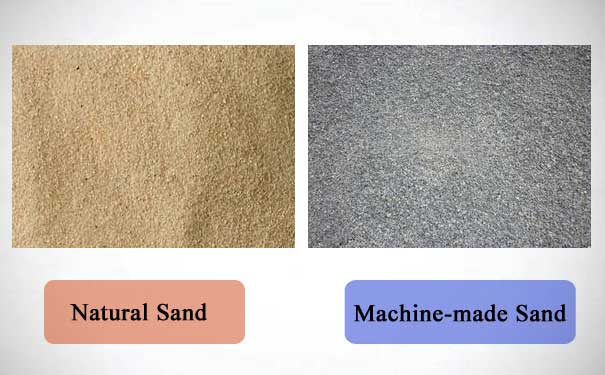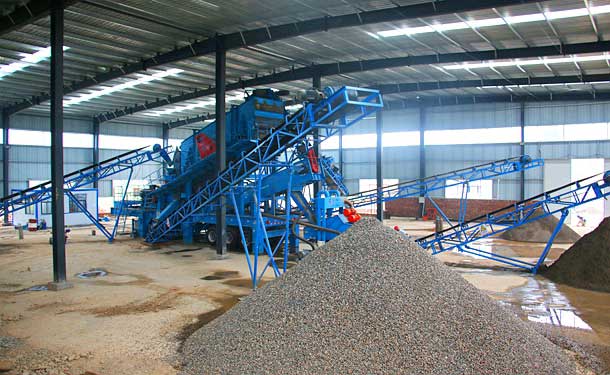Sand and gravel aggregate is a general term for materials such as sand, pebble (gravel) stone, crushed stone, block stone, and aggregate in water conservancy projects. Sand and gravel aggregates are the main building materials for structures such as concrete and masonry in water conservancy projects. Humans use tens of billions of tons of sand and gravel aggregates to build and transform the world every year. Aggregate accounts for 60% to 75% of the volume of hardened concrete and is the main component of concrete.
Sand is one of the main components of concrete and mortar, and is a bulk material for civil engineering. Sand is generally divided into two types: natural sand and artificial sand.
Natural sand: Rock particles with a particle size of less than 5mm formed by natural conditions (mainly rock weathering).
Artificial sand or machine-made sand: refers to the rock particles with a particle size of less than 4.75mm made by mechanical crushing and screening after soil removal treatment. But it does not contain soft rock, weathered rock particles.
Construction sand is generally divided into fine sand, medium sand, medium coarse sand, and coarse sand. Medium-coarse sand is generally used for concrete and mortar. Sand specifications are divided into three types: coarse, medium, and fine according to the fineness modulus (the index that characterizes the degree and type of natural sand particle size). Coarse sand: The fineness modulus is 3.7-3.1, and the average particle size is 0.5mm or more. Medium sand: The fineness modulus is 3.0-2.3, and the average particle size is 0.5-0.35mm. Fine sand: the fineness template is 2.2-1.6, and the average particle size is 0.35-0.25mum. Extra-fine sand: The fineness modulus is 1.5-0.7, and the average particle size is less than 0.25mm. The greater the fineness modulus, the coarser the sand.
The fineness modulus of ordinary concrete sand is in the range of 3.7-1.6, which is between the modulus coefficients of fine sand and coarse sand. Medium sand is particularly suitable, or coarse sand and a small amount of fine sand are used. The ratio is 4:1. The particle gradation of sand refers to the proportion of sand particles. If it is the same thickness of sand, the gap is the largest, and the gap will be reduced if the sand of two particle sizes is matched, and the gap will be smaller if the sand of three particle sizes is matched.
It can be seen that the porosity of sand depends on the degree of collocation of various particle sizes of sand. The well-graded sand not only saves cement, but also improves the density and strength of concrete and mortar. For more information, you can click: www.lydhchina.com




